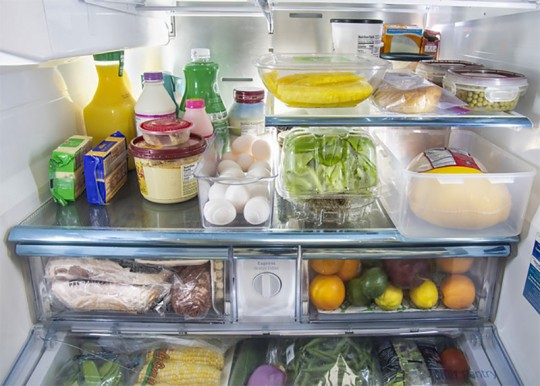Did Your Power Go Out? Let’s Talk About Your Fridge And Food Safety
June 18, 2023
Many North Escambia area residents lost power for many hours this past week, some for more than 24 hours, as the result of storms.
And that brings food safety to mind.
The bottom line? When in doubt, throw it out.
The University of Florida IFAS Extension Service says the clock starts ticking when the power goes out.
According to UF/IFAS:
Once the inside of your fridge goes above 40 degrees, the “danger zone,” you typically you have about four hours before food starts to spoil. Freezers take longer to reach the “danger zone”. An unopened refrigerator will keep food safe for 4 hours. A full freezer that is unopened will keep food frozen for 48 hours, about 24 hours for a freezer that is half full.
Perishable foods that have been exposed to temperatures above 40° F for over 2 hours should be thrown out. Never taste food to determine its safety. If unsure of the length of time that your perishable food has been exposed to temperatures above 40° F use a food thermometer. If the internal temperature reads 40° F or above, discard the food item.
If the temperature of the refrigerator rises above 40°F (4°C) for more than two hours, you will need to discard the perishable foods listed below:
- meat, poultry, seafood
- cold cuts, hot dogs
- casseroles
- custards, pudding
- cream, sour cream
- soft cheeses, shredded cheeses, low-fat cheeses
- yogurt, milk
- eggs
- creamy salad dressings, fish sauces, hoisin sauce, opened spaghetti sauce
- cookie dough, refrigerator biscuits or rolls
- cooked pasta, rice, pasta salads
- pizza
- cut fresh fruits
- greens, cooked vegetables, opened vegetable juice
- baked or mashed potatoes, potato salad
Any food that has an unusual odor, color, or texture also should be discarded. Never taste foods to determine their safety!
Foods that are safe, even if held at 40°F (4°C) or above for more than two hours, are:
- hard and processed cheeses that are properly wrapped
- grated Parmesan and Romano cheeses
- margarine that is properly wrapped
- canned or uncut fresh fruit and fruit juices (but discard if they look, feel, smell, or taste unusual)
- fresh vegetables, canned vegetables
- herbs, spices
- breads, rolls, cakes, muffins, bagels, pancakes, waffles
- peanut butter, jelly, relish, mustard, ketchup, olives
- taco, barbecue, and soy sauces
Opened jars of mayonnaise, tartar sauce, or horseradish (unless held at 50°F for more than eight hours)–then throw them away
Frozen foods that have partially or completely thawed can be refrozen if they contain ice crystals. If they have completely thawed but are still at a temperature of 40°F or below, they also can be refrozen. Use a food thermometer to check the temperature of the food. Although partial thawing and refreezing of these foods will be safe, the quality of some foods, especially vegetables and fruits, may be reduced. Hard cheeses, breads, and fruits and vegetables and their juices–if they look and smell normal–can be refrozen even if they have been above 40°F (4°C) for more than two hours.
One way to ensure the safety of thawed meat products that have been above 40°F (4°C) for two hours or less is to cook them immediately. Either serve the food immediately or refreeze the cooked item. Be sure to cook to the proper temperatures, checking internal temperatures with a thermometer. Refrigerate and use within two days or freeze the leftovers immediately.




Comments